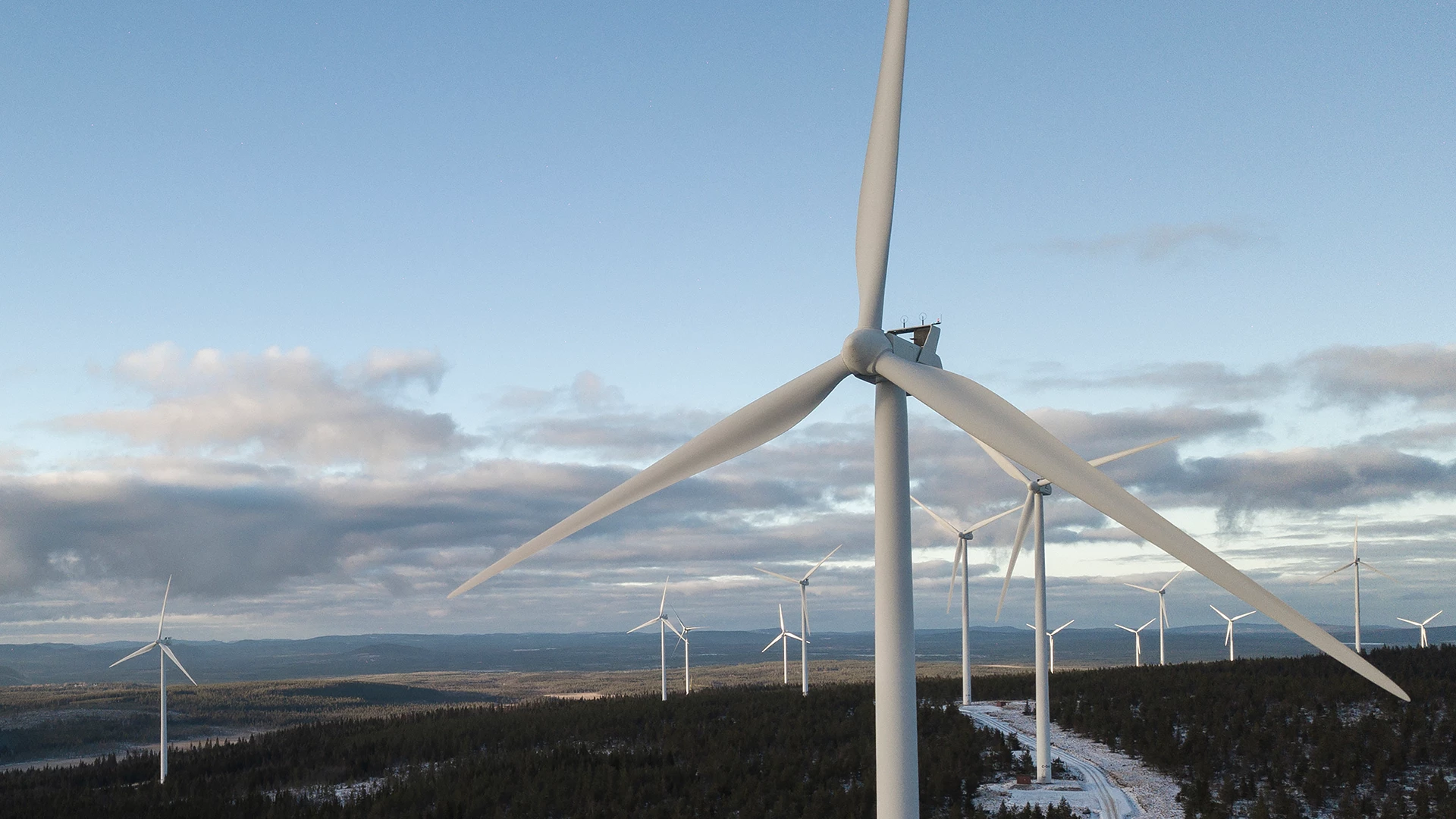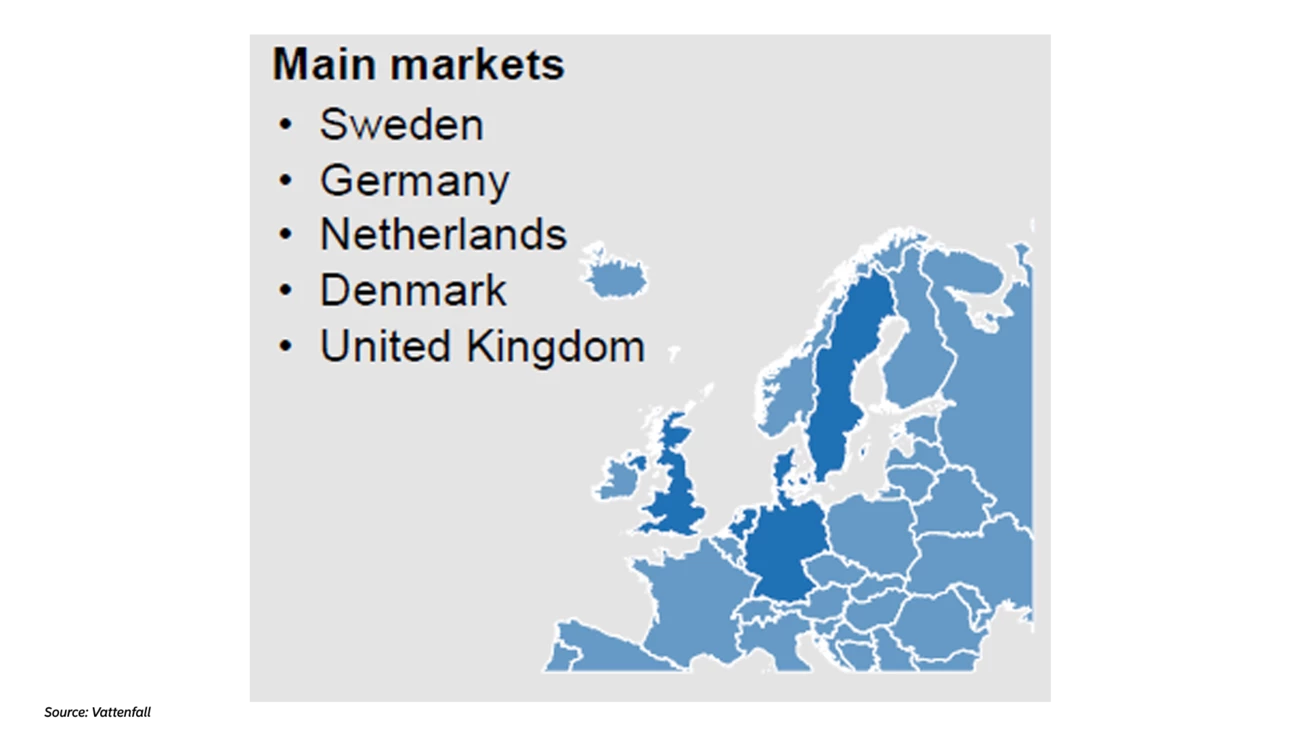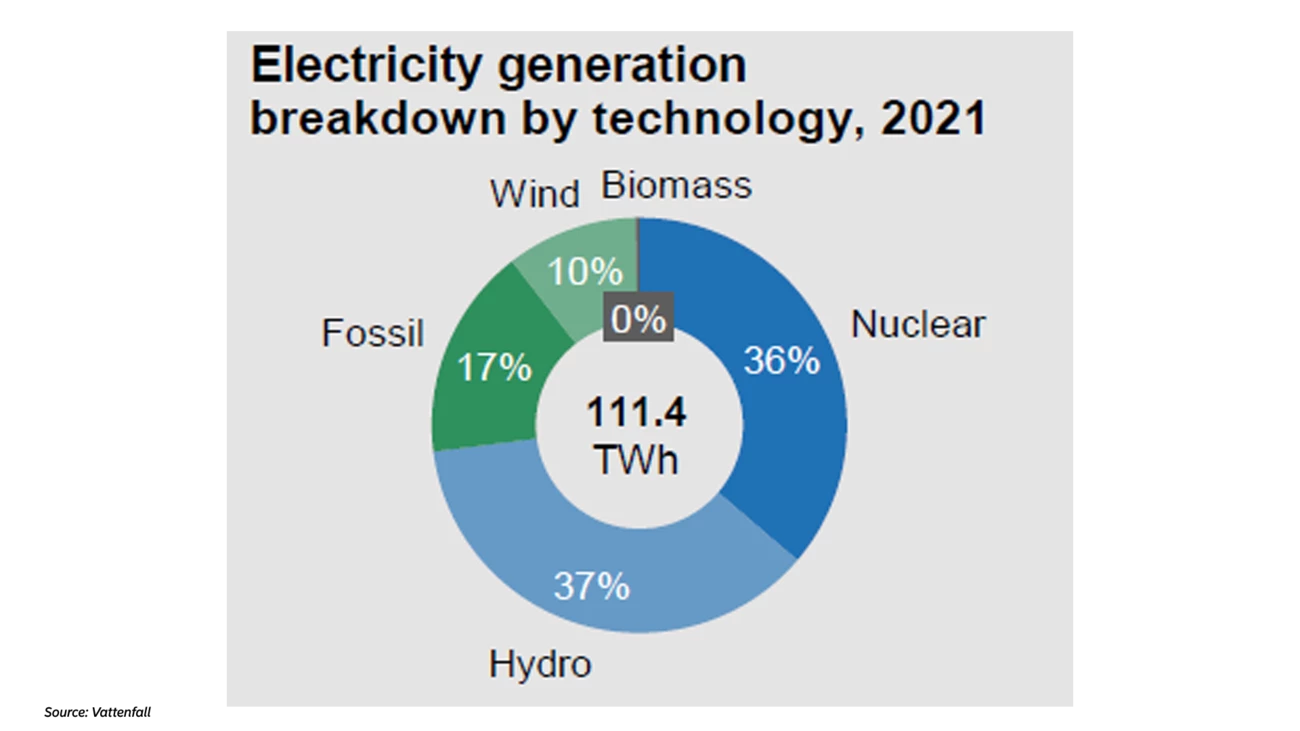JT: What do you think is most needed for the stability and security of the functionality of European electricity markets at present? From producers, wholesalers, distributors, regulators, lenders or governments?
FVD: European Commission President Ursula von der Leyen has said that the European electricity market is not working anymore, as electricity prices are so high. This represents the perspective of a politician, for whom low or tolerable electricity prices is a policy objective. From our perspective, the market is still functioning well, albeit with significantly lower-than-normal liquidity for both gas and electricity trading. The functionality of the market as such is there. It is the supply shortage for gas which is the main reason for the volatility and the high electricity price.
Policymakers are looking for ways to soothe the pain from soaring electricity bills for European households, including proposals to redistribute funds from non-gas electricity producers. I think this aim is understandable, and it could work. We would be wary of any policy measures that could interfere with price formation in the market, such as the proposals for an EU-wide fossil fuel compensation to reduce price levels in the electricity market. As seen in Spain, such a measure – without further accompanying measures – will risk increasing gas demand, which, at present, we are trying so eagerly to reduce.
LC: State support for commodity and electricity market participants struggling with margin calls for derivatives exposures has been welcome and critical for safeguarding market stability. It should be maintained until the pricing environment has normalised. As for the electricity producers, the number one priority is of course to ensure that all generation capacity is indeed available for use, ready to supply the market as needed. There should also be preparations made for flexible use of assets; for example, to activate dormant thermal heating units for electricity production, should the need arise.
FVD: We have seen mothballed coal-fired capacity started up to add supply of electricity. I think more or less everything that can be done to add capacity has been done or is in the process of being implemented. At least as far as policymakers allow.






